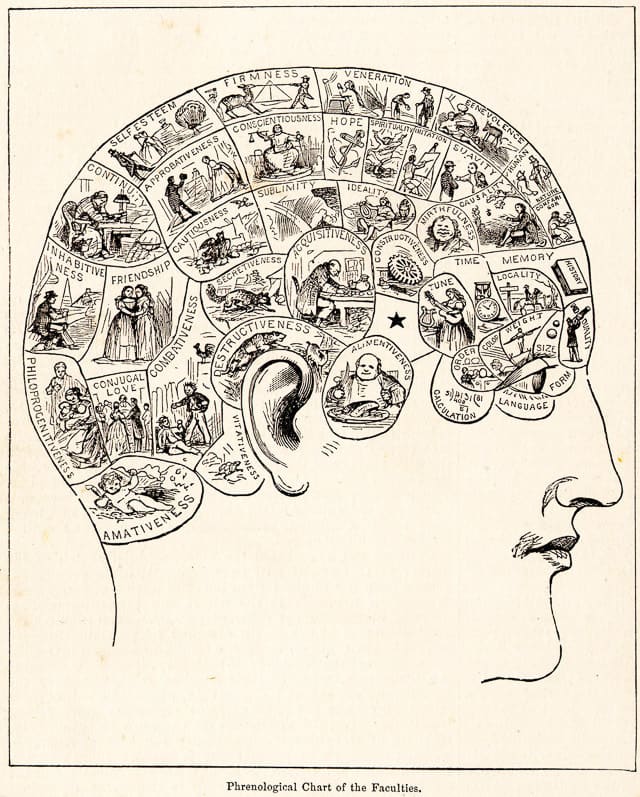 Our class begins with a review of the Sam Wineburg reading and TEDEd flipped lesson Who is the historian in your classroom? That will also provide a chance to discuss the efficacy of flipping content. What are the challenges and opportunities for that approach?
Our class begins with a review of the Sam Wineburg reading and TEDEd flipped lesson Who is the historian in your classroom? That will also provide a chance to discuss the efficacy of flipping content. What are the challenges and opportunities for that approach?
Today we begin our study of historical thinking skills based on the work of Sam Wineburg and the Stanford History Education Group (SHEG). We will focus on three key skills – Sourcing, Contextualizing and Corroborating. See historical thinking chart (pdf at SHEG).
- We will practice our sourcing skills using this shared Google doc Evaluating Sources Exercise
- We will view and discuss How to Read Documentary Films a lesson that I recently developed for the Uprooted Museum Exhibit.
Assignment for Class 5
You will each design a historical thinking mini-lesson based on the Beyond the Bubble assessment model.
We will use this assignment as a chance to create a shared Google presentation. I’ve prepared some brief Google Presentation video tutorials. You can find them at this YouTube playlist / Working with Google Slides.
Here’s the Fall ’14 project that you can look at (but not edit). Can you do better?
Note: each of you will be contributing to the same Google Slides presentation. I’ve listed your names in alphabetical order in the presentation. You will turn that name placeholder slide into your mini-lesson title slide. You will insert additional slides in your section of the presentation as needed.
All mini lessons should include
- Title slide for your mini-lesson. Make it catchy!
- Your name as author of the mini-lesson on your lesson title (your lesson will take multiple slides in the presentation – have your name in small font at bottom of each slide)
- Target students – by grade level
- Indication of one (or more) of the historic skills to be studied – Sourcing, Contextualization, Corroborating
- One or more historic documents. Text, image and videos can be inserted into the slide. Longer documents can be linked to via URL or saved in Google drive with link to it.
- Source URLs for all documents used
- Essential question
- Scaffolding questions for students to use with documents
- Brief description of how the documents and scaffolding questions should reinforce the targeted historic skill(s)
I’ve collected some great websites that include many of the major archives from around the world.
Best Sites for Primary Documents in World History
Best Sites for Primary Documents in US History
Image credit: Phrenology diagram Wikipedia
Source From People’s Cyclopedia of Universal Knowledge (1883)
